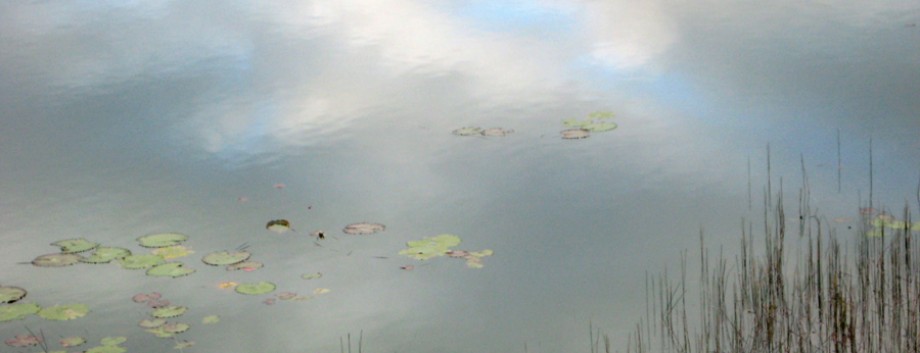Years ago, a client sat in my office telling me about a problematic, repetitive situation. Coming to the end of her story, she said dryly, “I stayed too long at the party.” I looked at her. At that point, I’d never heard that expression before. But doesn’t that just say it all? Hoping for a different outcome, you find the same loop—familiar old patterns delivering you to the well-known destination.
What seems like a lifetime ago we were ushered into this extended retreat, which could seem artificial if the pandemic and its outcomes haven’t been all too real. There’s been forced isolation, times when our best and worst individual aspects likely emerged. I bet there hasn’t been one person who hasn’t examined their life during this period, evaluated to some extent, and now looking for the future to be different … better … somehow. Suddenly, it even seems like there’s a light at the end of the tunnel—that more freedom may be in the foreseeable future.
If there’s something you want to change…headed through this liminal space…coming out the other side with a difference, it’s totally up to you. There’s no magic to make it happen. But there can be an alchemical reaction if you undertake this part of the journey with intent. To take some of the mystery out of the process, I want to offer you something. I’ve pulled this piece from my Navigating Your Lifepath Manual.
♦︎♦︎♦︎
Reformation
Alchemy can be defined as elements recombined to create new forms. When beliefs are re-formed, arising out of what was, a rebirthing takes place.
Resistance is necessary as a form of progression. In order to resist, the mind has to consider something new. Otherwise, resistance wouldn’t happen. Imagining something new begins to create substance. The greater the level of resistance, the more potentially profound the new creation may be ─ and out of the comfort zone. The more rigid we are in our own thinking, the more inertia we will experience against moving forward.
To create, we must push through the membrane that separates what we’ve preserved as real to the newly imagined reality. Becoming aware of our own thought patterns that contain the status quo is paramount to the process.
What are the faces of inertia? Fear, confusion, doubt, apathy, overwhelm are some.
The creative impulse is always within us. How active or dormant it is depends on the strength of inertia. The resistance or membrane we must move through is really about our self-image, the beliefs we hold about the nature of our own operating identity, what we hold possible for ourselves as individuals.
Resistance guards the doorway against freedom of choice.
The combined focus of heart and mind distills energy in such a way that it becomes an attractor. Random events and possibilities are vibrating in the ether, but are drawn into a person’s reality depending on what they hold in their mind…with laser-like precision. Two people can be in the same situation and experience it differently because their separate realities are divergent.
When faced with a challenge does your mind go to thoughts of: Opportunity? Barriers? The great possibility? Perpetual limitation?
The desire to evolve is innate. Therefore, we are all predisposed to be facing ever-present conflict, the degree of which is up to us. It depends on the lens through which we view change, our own level of awareness and what we give focus. In our evolutionary process, when we step off what has been the beaten path, we throw things into chaos until a sort of order begins to settle in. Too much order and we become entrenched and unmovable. Order will seek disorder until order occurs. Then the cycle repeats. This is the natural progression. In order to create we must dispense with the idea of separation, any thought that we are separate from our creation. Otherwise, the past, present and future folds over on itself as one and we’re likely to remain inert ─ until a new pathway is envisioned. Then even the past can change depending on your perspective. Former victimhood can be converted to that of spiritual warrior.
Insight comes in the hiccup that deletes autopilot.


